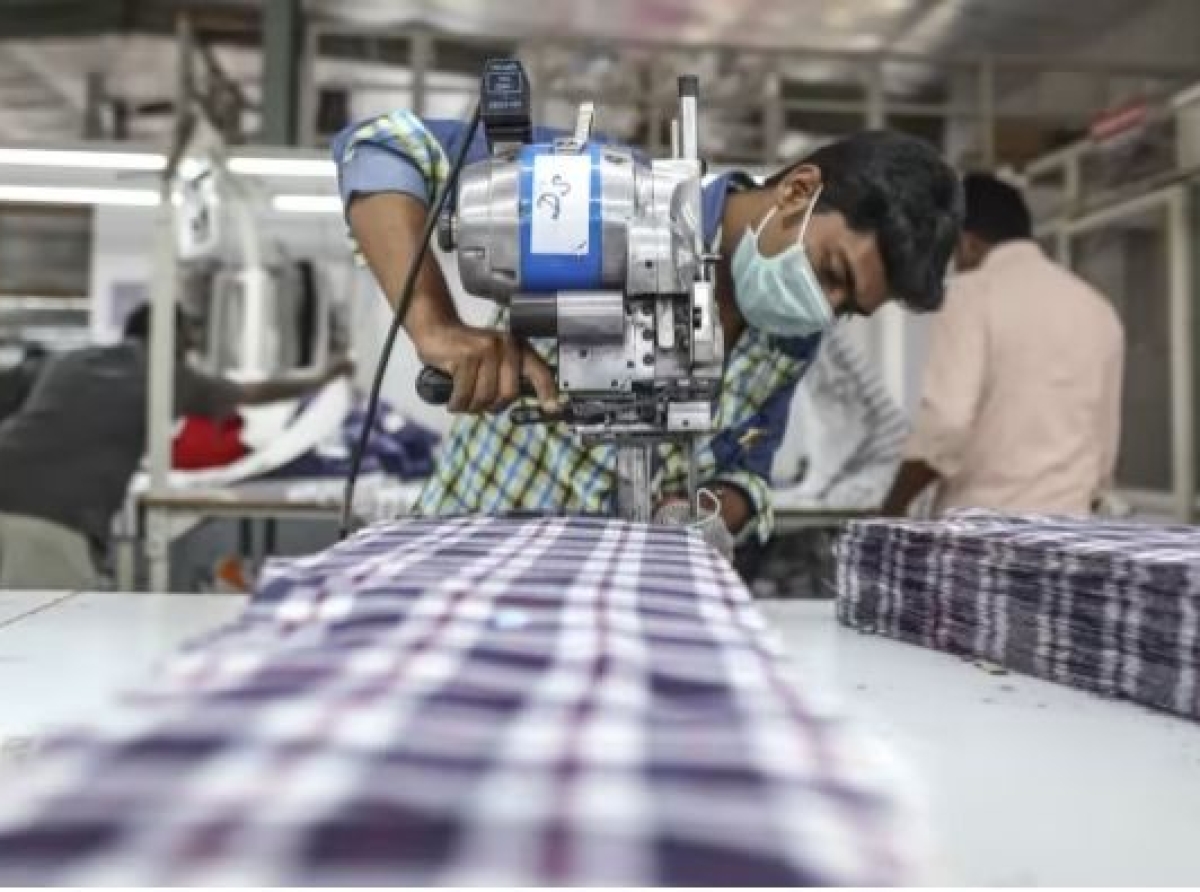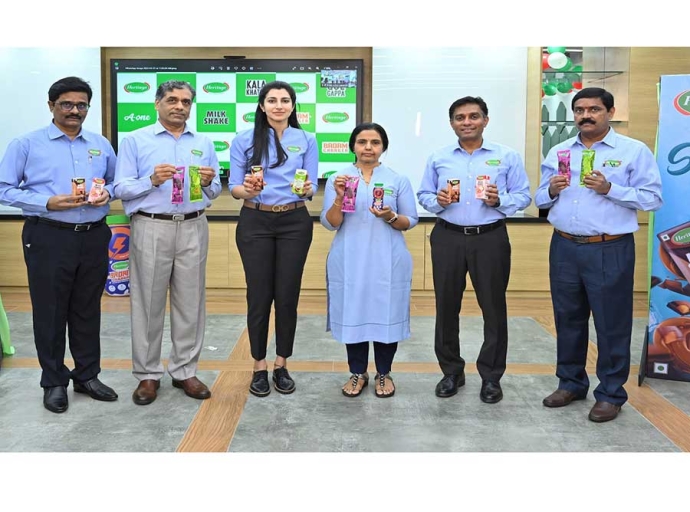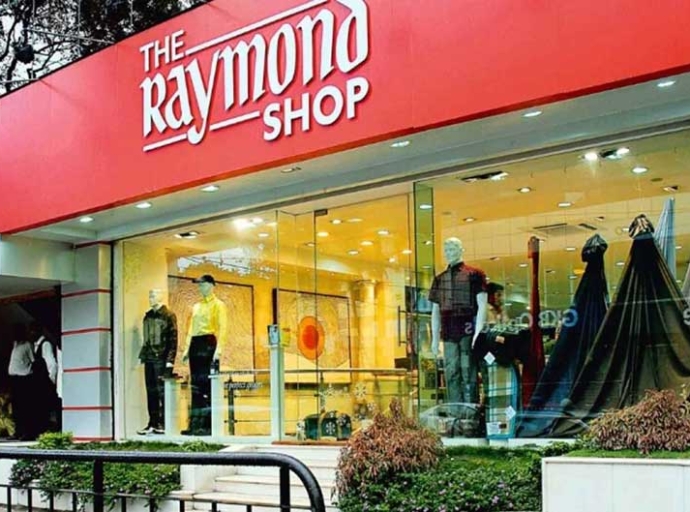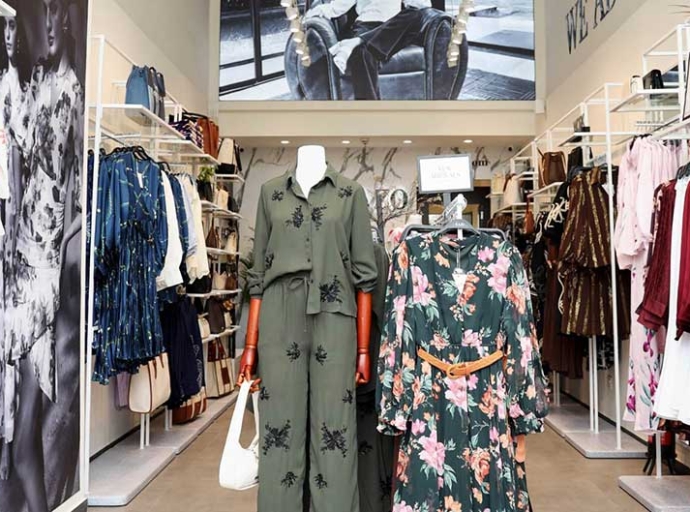In the climate of uncertainty, how is the layoff scene in Apparel Sector

24 February 2023, Mumbai
Throughout the world, this year has been a turning point for businesses, brands, and sectors. Due to limitations, conventional business models have become inefficient due to the coronavirus epidemic followed by the outbreak of the Russia & Ukraine wars.
There is no exception in the high-end fashion sector.
Historic perspective
In hindsight the apparel industry has been impacted by global slowdowns throughout history, leading to a bunch of challenges such as decreased demand, production cuts, and job losses.
Stepping back before the epidemic, luxury brands were expanding steadily. As per a press statement from the company, LVMH Moet Hennessy Louis Vuitton, one of the world's largest luxury goods groups, reported sales of 53.7 billion euros in 2019, an increase of 15% over the previous year.
Given the state of the economy Post-Covid, it's visible that 2022 was different from those numbers, especially since many consumers have moved their priority to buying basics and shopping more wisely, per Accenture research from April till the war between Russia & Ukraine broke out leading to very difficult economic conditions.
India's economic cycles have closely mirrored those of Western nations in some of the sectors but in many others, the economy has shown signs of resilience. Reduced demand for Indian products overseas will be the most significant and immediate effect.
Broader outlook
The US and EU are the two top export destinations at 18% and 15.4%, respectively, of India's merchandise exports in fiscal 2022. Except for a minor increase in November and December, which could reflect holiday demand near the end of the year, exports to these two areas have been on a downward trend since July 2022.
In 2023, when the peak effects of synchronized monetary policy tightening across major economies appear, global economic activity will be predicted to slow.
Across the world: Layoffs and restructuring
There were layoffs in the textile and garment sector in numerous Indonesian provinces. According to Firman Bakrie, Executive Director of the Indonesian Footwear Association (Aprisindo), the demand for shoes in Indonesia has declined at least since July 2022.
Indonesia's apparel garment and textile sector (T&A) is still expanding due to the delay in data gathering on exports of such items. Also, this results in the improper recording of the number of employees affected by layoffs.
The layoffs also happened in Subang, West Java, where Yenni Nuraeni, the head of the Subang manpower agency, said that 25 garment firms in Subang had laid off almost 10.000 people.
Sariat Arifia, a representative of the West Java Textile Entrepreneurs Association (PPTPJB), added that the capacity and staff of the garment sector had both been cut by 50%. 90.000 people were laid off due to the closure of 18 garment manufacturers in West Java, according to data from PPTPJB.
In August 2022, there were 1,13 million workers in the textile sector, down to 1,08 million, according to Statistics Indonesia's study. The decline in demand from international consumers is due to Indonesia's textile and clothing sector experiencing widespread layoffs. Apindo Aloysius Santoso, the vice chair of labor affairs for the Indonesian Employers Association, predicts that until mid-2023, the demand for textile and apparel exports from the US and European markets will likely fall by 50%.
People cut back on their purchases of textiles and apparel/clothing (T&C) items that are not considered essential goods due to the rising inflation brought on by the increasing price of staple goods.
Due to this, the previously sent textile and apparel items have yet to be fully absorbed by the market, resulting in an export surplus in the countries of destination, ultimately lowering the number of orders to the textile and apparel sector.
Indian perspective
A story of India changing.
There is merit in the argument that" The fear of layoffs in the Indian apparel industry is overdone". Considering the industry has shown resilience and quick adaptability during & post-pandemic, and is on its way to growth.
According to a report by McKinsey & Company, the Indian apparel market size is projected to keep growing at a decent compound annual growth rate (CAGR) of 11-12% through coming years, expected to expand to $141 billion by 2026. Some of the major players in the Indian apparel sector include Reliance Retail, Aditya Birla Fashion, and Retail, among others, which are bullish about the near and mid-term future.
Green growth; Secular growing trend towards sustainability and ethical & responsible manufacturing, good practices, the pursuit of green products adopting eco-friendly practices, such as using organic cotton, resources consciousness like reducing water usage, and reducing solid waste are all key growth pillars of the Indian apparel sector. Digitization theme too is playing out to keep the momentum going in the Indian apparel sector.
Though the climate of uncertainty can spoil the party with the fear of slowdown, and impending recession in the western world.
The market becoming increasingly competitive, with both domestic and international players vying for a share of the market only sharpens the existing players becoming more competitive, leading to a greater thrust on quality, design, and innovation, as players seek to differentiate themselves to stay afloat.
Joining the dots
India is going to be the new China.
Way to growth; Sector has shown resilience, and quick adaptability during & Post-Covid, it is a better place due to rising consumer demand and economic recovery.
As we are chugging along the Indian apparel sector has been conspicuously witnessing a firm trend in the direction of modernization, automation, and technology upgrades, resulting in falling prospects for low-skilled jobs.
Not to say this completely closes doors, still there exists a demand for skilled workers in a range of areas, for instance, designing, merchandising, and in the marketing side of the business.
Businesses are necessitated to consistently invest in training programs to upskill,re-skill & new skills in their existing workforce.
Prescription
Given that the country’s domestic market is forecasted to reach $100 billion by 2025. The sector is well-positioned for continued growth and innovation as the sustainable growth mantra is; to keep promoting & investing in sustainable practices, invest in skilled labor, up & new-skilling of the workforce sustainably, and prioritize workers' welfare over profits to avoid layoffs in the years ahead given that the country’s domestic market is forecasted to reach $100 billion by 2025.
Given that India is not a country it is a continent with a homogenous democracy.
There is a case of re-imagining the Indian Apparel sector when impending slowdown, a looming risk of recession in advanced countries, the fragile economy with a cloudy global economic outlook, and the syndrome of layoffs in tech slowdown coupled with muted growth, by promoting sustainable and ethical fashion, embracing technology and innovation led business models, and rightly staying invested in skilled labor to create green quality products.
Latest Publications

































